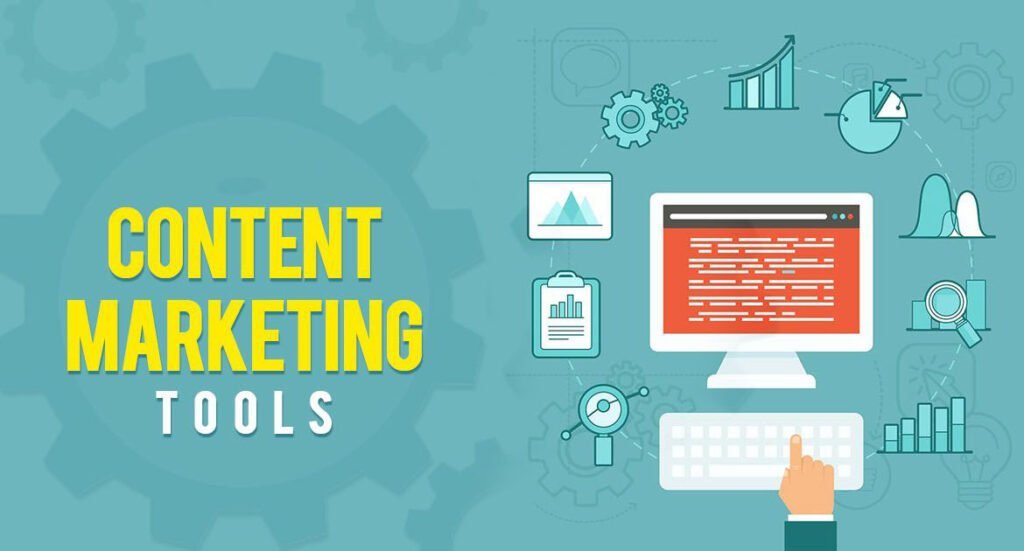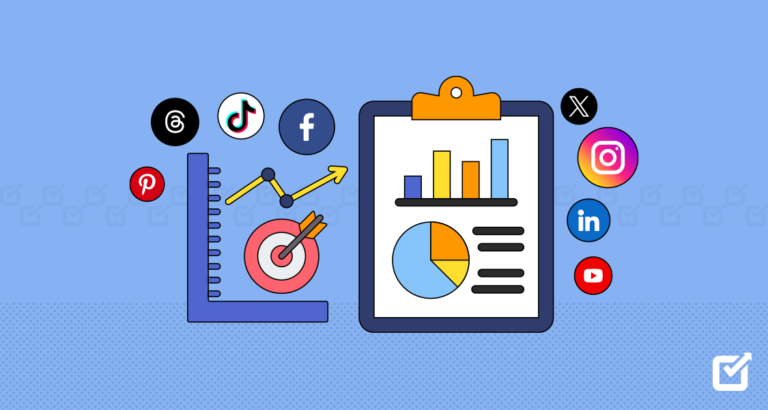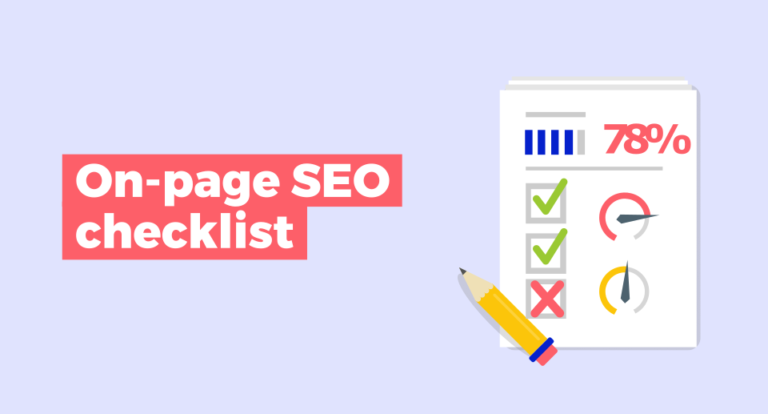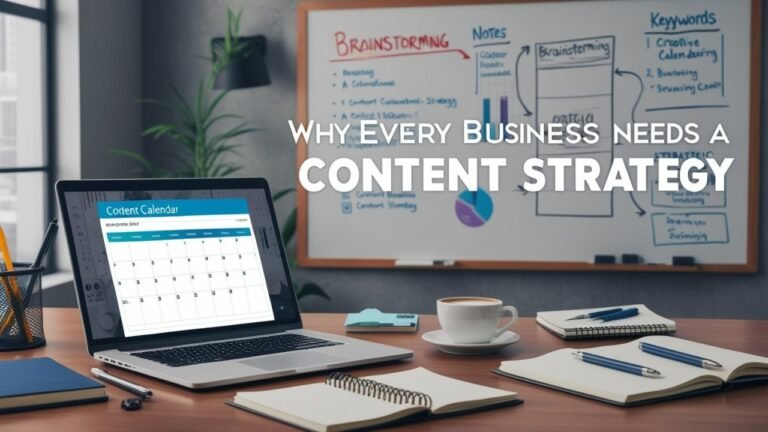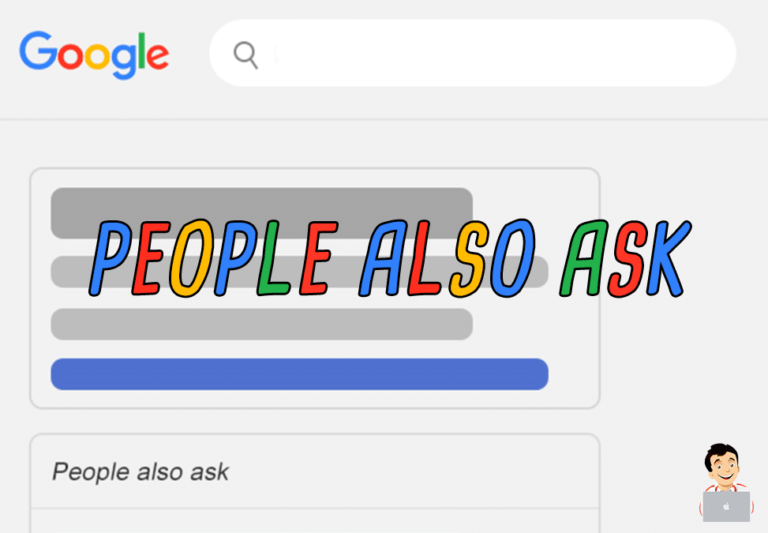How to Do Content Marketing? – The Complete Guide
Content marketing is like the secret sauce of the digital marketing world. It’s the strategy that helps you engage, educate, and entertain your audience, transforming casual browsers into loyal customers. Let’s dive into why content marketing is crucial and the benefits it brings to your business.
Content marketing matters because it builds trust and authority by consistently providing valuable and relevant content, positioning you as an expert in your industry. This trust makes your audience more likely to choose your products or services. Plus, high-quality content is a magnet for search engines, improving your SEO and online visibility, driving more organic traffic to your website.
Engaging content keeps your audience hooked, encouraging them to spend more time on your site, interact with your brand, and come back for more. Well-crafted content guides potential customers through the buyer’s journey, from awareness to decision, making it an effective way to nurture leads and drive conversions. Content is also the backbone of other marketing strategies, enhancing your social media presence, email campaigns, and even paid ads.
The benefits of content marketing are numerous. It’s cost-effective compared to traditional advertising, delivering long-term results without breaking the bank. Consistent and strategic content boosts brand awareness, increasing your visibility and recognition.
Great content fosters customer loyalty and encourages repeat business by creating a connection with your audience. Informative and engaging content enhances the overall customer experience, providing value, answering questions, and solving problems. Ultimately, content marketing drives traffic and sales, attracting the right audience and converting them into paying customers.
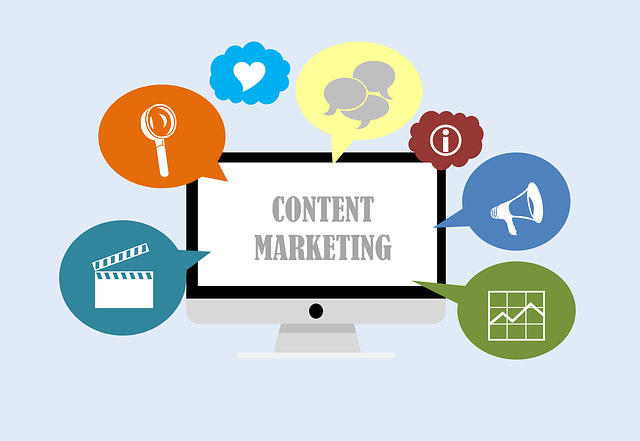
In this guide on how to do content marketing, we’ll explore the key steps and strategies to help you leverage the power of content to grow your business. From creating a content strategy to measuring success, we’ve got you covered.
What is Content Marketing?
Content marketing is a strategic approach focused on creating, distributing, and promoting valuable, relevant, and consistent content to attract and retain a clearly defined audience—and, ultimately, to drive profitable customer action. It’s not just about selling products; it’s about providing value and building relationships.
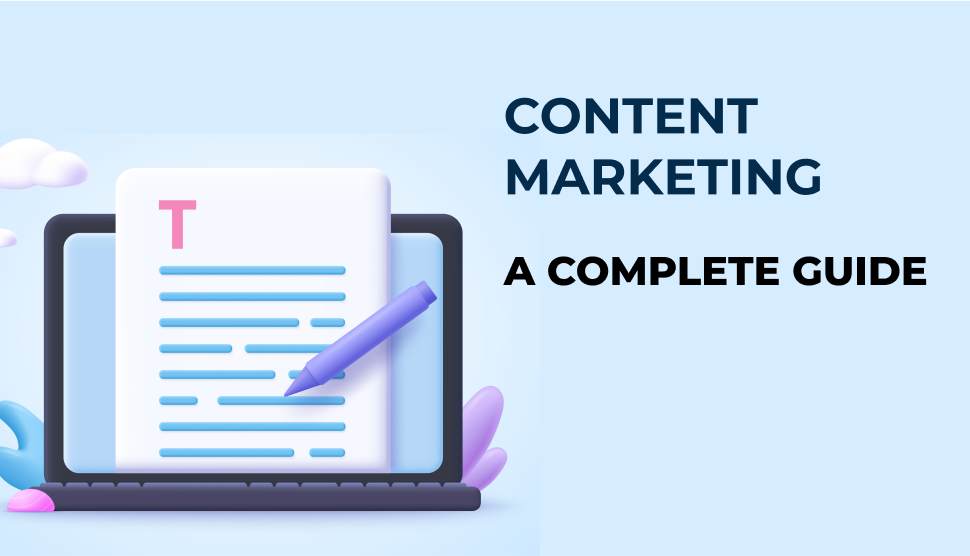
Key Elements of Content Marketing:
- Strategic Approach: Content marketing is planned and executed with specific goals in mind. It’s not random content creation but a well-thought-out strategy.
- Valuable Content: The content you create should provide real value to your audience. It could be educational, entertaining, or inspirational, but it must be relevant and useful.
- Consistent Delivery: Regularly publishing content keeps your audience engaged and coming back for more. Consistency builds trust and authority over time.
- Target Audience: Understanding your audience is crucial. Your content should be tailored to their needs, preferences, and pain points.
- Profitable Customer Action: Ultimately, the goal is to drive actions that benefit your business, whether it’s generating leads, increasing sales, or boosting brand awareness.
Types of Content in Content Marketing:
- Blog Posts: Informative articles that provide insights, tips, and advice.
- Videos: Engaging visual content that can explain complex topics or entertain.
- Infographics: Visual representations of data and information for easy consumption.
- E-books and Whitepapers: In-depth guides and reports that offer detailed information.
- Social Media Posts: Short, engaging content to interact with your audience on social platforms.
- Podcasts: Audio content that provides value through discussions, interviews, or storytelling.
Why is Content Marketing Important?
Content marketing is crucial for businesses of all sizes. It’s more than just a trend; it’s a powerful strategy that offers numerous benefits:
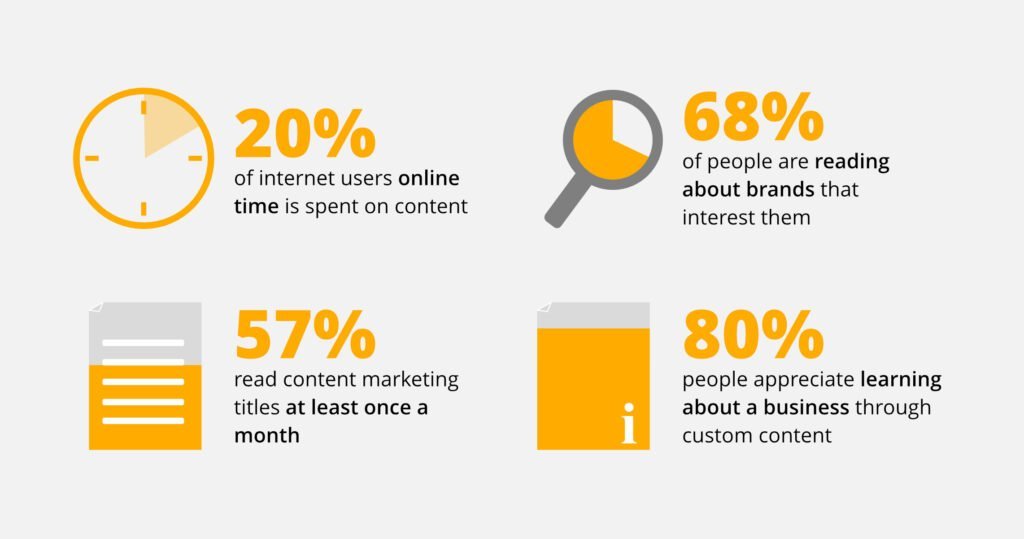
1. Builds Trust and Credibility
- Establish Authority: Regularly publishing high-quality content helps establish your brand as an industry leader. When your audience sees you as a trusted source, they’re more likely to turn to you when they need solutions.
- Fosters Relationships: By providing valuable content, you build a rapport with your audience, fostering long-term relationships based on trust.
2. Boosts SEO and Online Visibility
- Improves Search Rankings: Search engines love fresh, relevant content. By optimizing your content for keywords and providing valuable information, you improve your chances of ranking higher in search results.
- Drives Organic Traffic: Quality content attracts more visitors to your site, increasing your organic traffic and reducing your reliance on paid advertising.
3. Enhances Customer Engagement and Retention
- Engages Audience: Engaging content keeps your audience hooked, encouraging them to spend more time on your site and interact with your brand.
- Increases Retention: Providing ongoing value through content ensures your audience keeps coming back for more.
4. Generates Leads and Boosts Conversions
- Lead Generation: Well-crafted content can capture leads by addressing pain points and offering solutions. Gated content like e-books and whitepapers can be particularly effective.
- Nurtures Prospects: Content guides potential customers through their buying journey, from awareness to consideration to decision, increasing the likelihood of conversions.
5. Supports Other Marketing Efforts
- Enhances Social Media Presence: Content fuels your social media channels, providing material to share and engage with your audience.
- Strengthens Email Marketing: Valuable content makes your email campaigns more effective, keeping subscribers interested and engaged.
6. Cost-Effective and Sustainable
- Lower Costs: Compared to traditional advertising, content marketing is more cost-effective and delivers long-term results.
- Sustainable Growth: Quality content continues to attract traffic and generate leads long after it’s published, providing ongoing benefits.
7. Boosts Brand Awareness and Loyalty
- Increases Visibility: Consistent content creation helps more people discover your brand.
- Encourages Loyalty: Valuable content keeps your audience engaged and loyal, encouraging repeat business and referrals.
Types of Content Marketing
Content marketing isn’t a one-size-fits-all strategy. Different types of content serve different purposes and resonate with various segments of your audience. Here’s an overview of the major types of content marketing and how they can be effectively used:
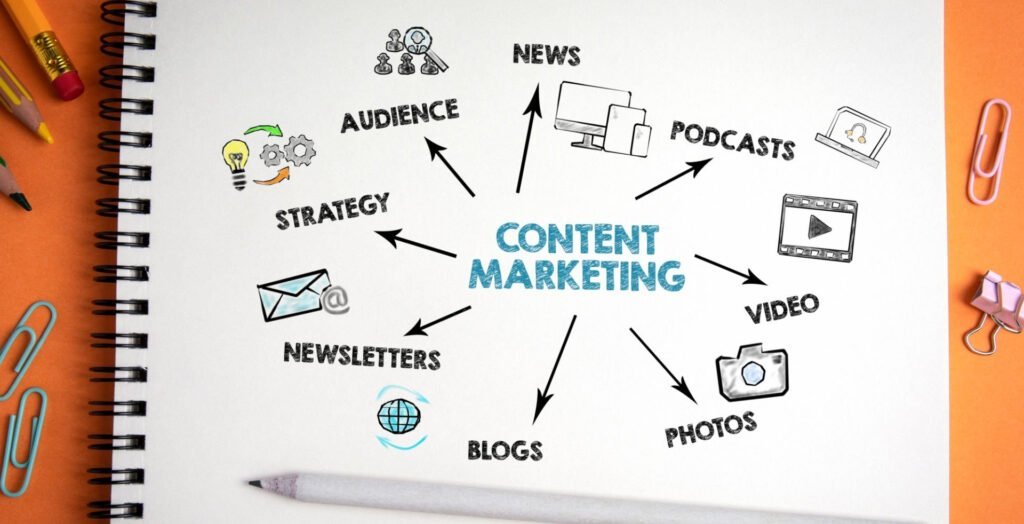
Blogs
Explanation: Blogs are the backbone of content marketing. They provide valuable information, insights, and updates that attract and engage readers.
Examples:
- How-to Guides: Articles that offer step-by-step instructions on a particular topic.
- Listicles: Posts that present information in a list format, making it easy to digest.
- Case Studies: In-depth looks at how your product or service has helped customers achieve their goals.
Applications: Use blogs to boost SEO, establish authority, and drive organic traffic to your website.

Videos
Explanation: Video content is highly engaging and can convey complex information in an easy-to-understand format.
Examples:
- Tutorials: Step-by-step guides on how to use a product or service.
- Customer Testimonials: Videos showcasing satisfied customers sharing their positive experiences.
- Behind-the-Scenes: Clips that offer a glimpse into your company culture or production process.
Applications: Leverage videos for social media engagement, website content, and email marketing to enhance user experience and retention.
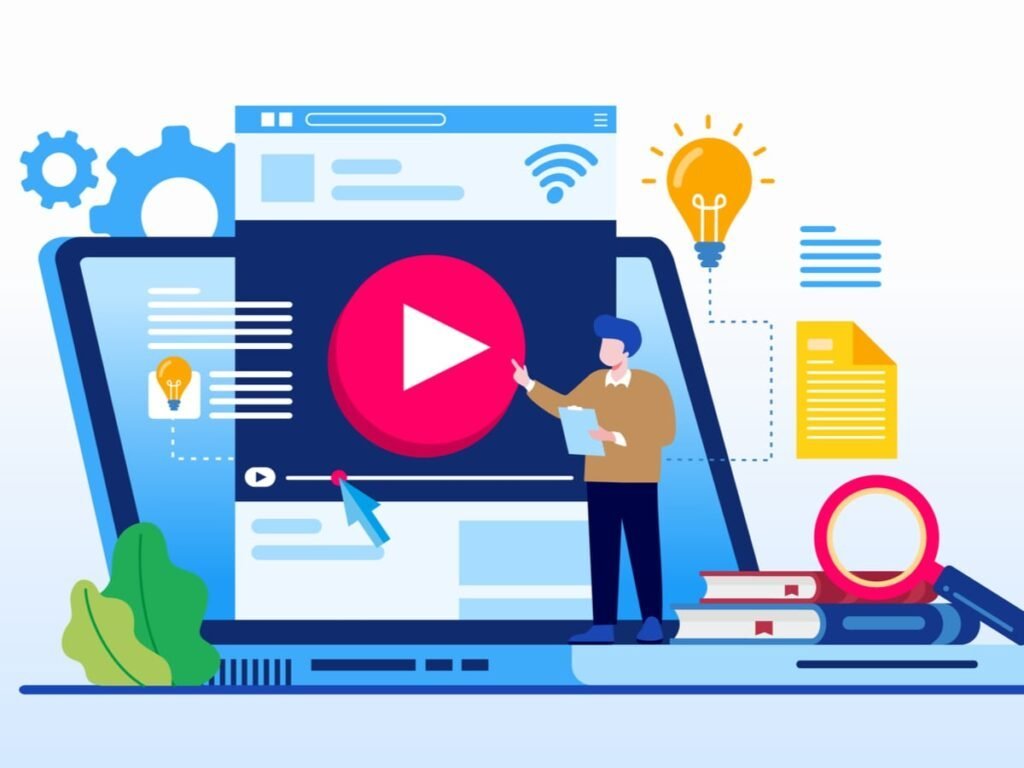
Podcasts
Explanation: Podcasts are audio content that listeners can enjoy on the go, offering an intimate way to connect with your audience.
Examples:
- Interviews: Conversations with industry experts or influencers.
- Storytelling: Narratives that engage and entertain listeners while subtly promoting your brand.
- Educational Series: Deep dives into specific topics relevant to your audience.
Applications: Use podcasts to build a loyal following, reach new audiences, and provide value in a convenient format.

Social Media
Explanation: Social media content is designed to engage users on platforms like Facebook, Instagram, Twitter, and LinkedIn.
Examples:
- Short Posts: Quick updates, tips, or questions to spark engagement.
- Stories and Reels: Short-lived, engaging content that encourages immediate interaction.
- User-Generated Content: Content created by your audience, such as reviews, photos, and videos.
Applications: Boost brand awareness, foster community engagement, and drive traffic to your website.

Infographics
Explanation: Infographics are visual representations of data or information, making complex topics easier to understand.
Examples:
- Statistics and Data: Visuals that present survey results, research findings, or industry trends.
- Process Explainers: Step-by-step diagrams that illustrate how something works.
- Comparisons: Side-by-side comparisons of products, services, or strategies.
Applications: Enhance blog posts, social media, and presentations to increase understanding and shareability.
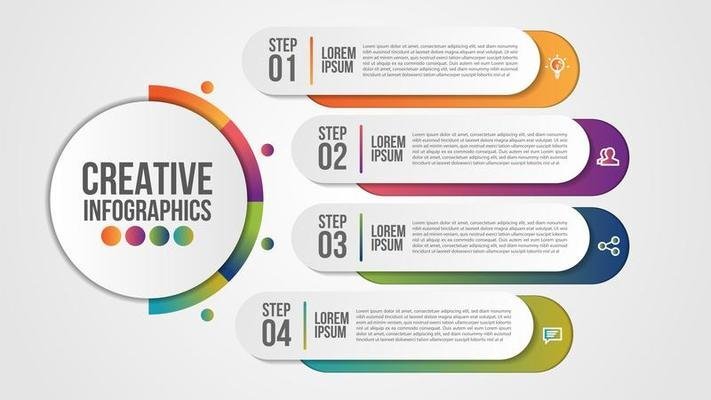
Ebooks
Explanation: Ebooks are long-form content that provides in-depth information on a specific topic, often used as lead magnets.
Examples:
- Comprehensive Guides: Detailed overviews of a particular subject.
- Whitepapers: In-depth reports on industry trends, research, or case studies.
- Manuals: Instructional books that provide extensive information on using a product or service.
Applications: Generate leads, establish authority, and provide valuable resources to your audience.

Paid Advertising
Explanation: Paid advertising amplifies your content through paid channels, reaching a broader audience.
Examples:
- Sponsored Content: Articles or posts that appear on other platforms or publications.
- PPC Ads: Pay-per-click ads that appear in search engine results or social media feeds.
- Display Ads: Banner ads on websites that attract attention and drive traffic.
Applications: Increase visibility, drive targeted traffic, and enhance the reach of your organic content.
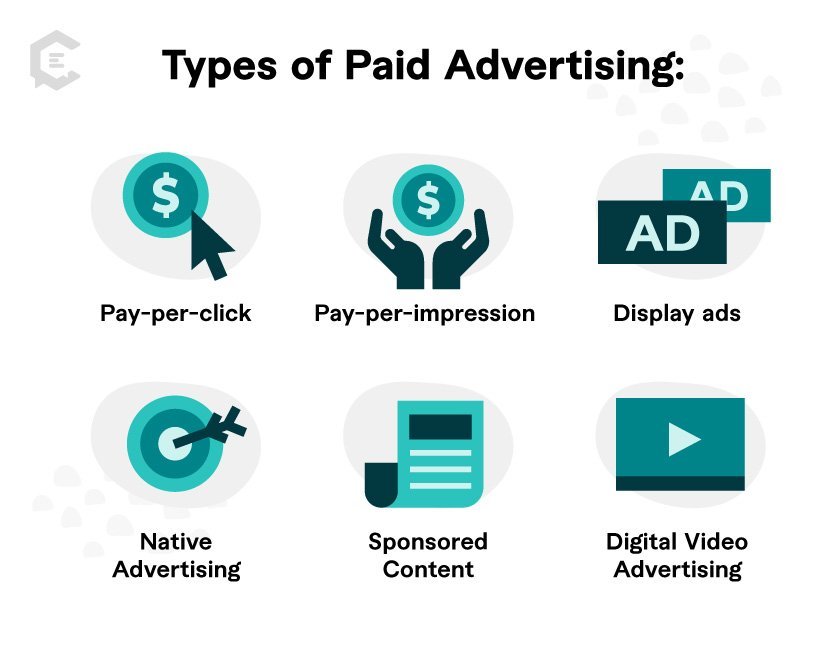
How to Create a Content Marketing Strategy
Developing an effective content marketing strategy involves several key steps to ensure your efforts are aligned with your business goals and resonate with your target audience. Here’s a step-by-step guide:
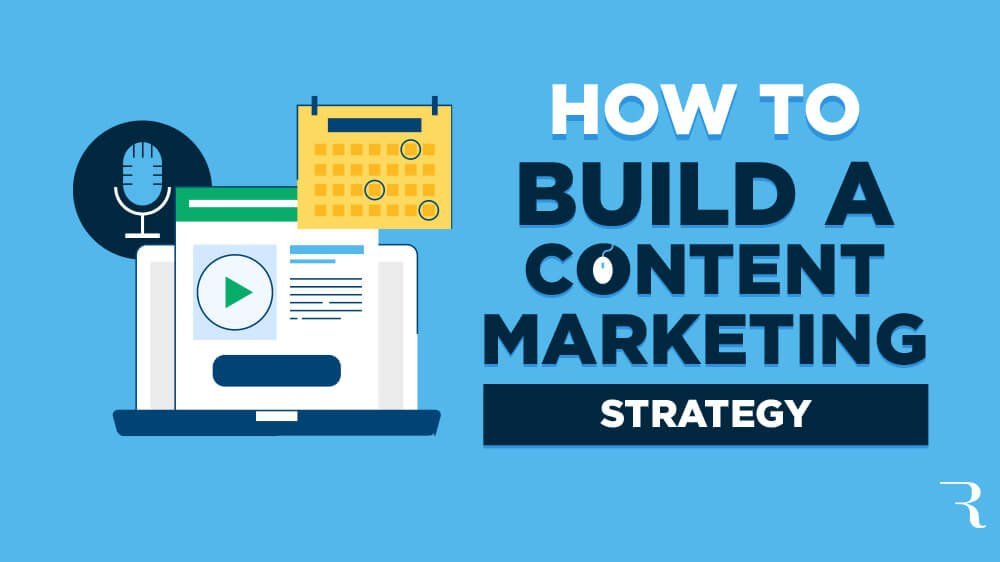
1. Set Goals & KPIs
Importance: Setting clear goals and key performance indicators (KPIs) is crucial for measuring the success of your content marketing efforts.
Steps:
- Define Objectives: Determine what you want to achieve (e.g., brand awareness, lead generation, sales).
- Set SMART Goals: Ensure your goals are Specific, Measurable, Achievable, Relevant, and Time-bound.
- Identify KPIs: Choose metrics that align with your goals (e.g., website traffic, conversion rates, engagement).
2. Know Your Audience
Importance: Understanding your target audience is essential for creating content that resonates and drives engagement.
Steps:
- Create Buyer Personas: Develop detailed profiles of your ideal customers, including demographics, interests, and pain points.
- Conduct Audience Research: Use surveys, social media insights, and analytics to gather data on your audience’s preferences and behaviors.
3. Conduct a Content Audit
Importance: Auditing your existing content helps identify what’s working, what’s not, and where there are gaps or opportunities.
Steps:
- Inventory Your Content: List all your existing content assets.
- Evaluate Performance: Analyze metrics like traffic, engagement, and conversions to assess the effectiveness of each piece.
- Identify Gaps: Determine areas where additional content is needed to address audience needs or interests.
4. Choose Content Channels
Importance: Selecting the right channels ensures your content reaches your audience where they are most active.
Steps:
- Analyze Audience Behavior: Determine which platforms your audience prefers (e.g., social media, email, blogs).
- Assess Channel Strengths: Consider the strengths and limitations of each channel for distributing your content.
5. Decide on Content Types
Importance: Different types of content cater to various stages of the buyer’s journey and audience preferences.
Steps:
- Match Content to Goals: Choose content types that align with your objectives (e.g., blog posts for SEO, videos for engagement).
- Consider Audience Preferences: Select formats your audience prefers, such as articles, videos, podcasts, or infographics.
6. Allocate Budget and Resources
Importance: Proper budgeting and resource allocation are essential for executing your content strategy effectively.
Steps:
- Set a Budget: Determine how much you can spend on content creation, distribution, and promotion.
- Allocate Resources: Assign tasks to team members or consider outsourcing to freelancers or agencies.
7. Create a Content Calendar
Importance: A content calendar helps plan, organize, and schedule your content, ensuring consistency and timely delivery.
Steps:
- Plan Content Topics: Decide on topics and themes for your content.
- Schedule Publishing: Use a calendar to schedule when and where each piece of content will be published.
- Include Promotion Plans: Plan how you’ll promote each piece of content across various channels.
8. Produce Quality Content
Importance: High-quality, engaging content attracts and retains your audience’s attention.
Steps:
- Focus on Value: Ensure your content provides valuable information or entertainment.
- Maintain Quality: Use clear, concise, and error-free language. Invest in good visuals and multimedia.
- Engage and Educate: Create content that is engaging, informative, and tailored to your audience’s needs.
9. Distribute and Promote Content
Importance: Effective distribution and promotion are key to ensuring your content reaches a wide audience.
Steps:
- Leverage Owned Channels: Use your website, email lists, and social media profiles to distribute content.
- Utilize Paid Promotion: Invest in paid advertising to amplify your reach.
- Engage Influencers: Collaborate with influencers or partners to extend your content’s reach.
10. Measure and Analyze Results
Importance: Analyzing your content marketing efforts helps you understand what’s working and where improvements are needed.
Steps:
- Track KPIs: Monitor the key performance indicators you set in the first step.
- Analyze Data: Use analytics tools to gather insights into content performance.
- Make Adjustments: Based on your analysis, tweak your strategy to improve results.
Common Content Marketing Mistakes to Avoid
Even with a solid strategy, there are common pitfalls that can derail your content marketing efforts. Here’s a list of mistakes to avoid and how to steer clear of them:
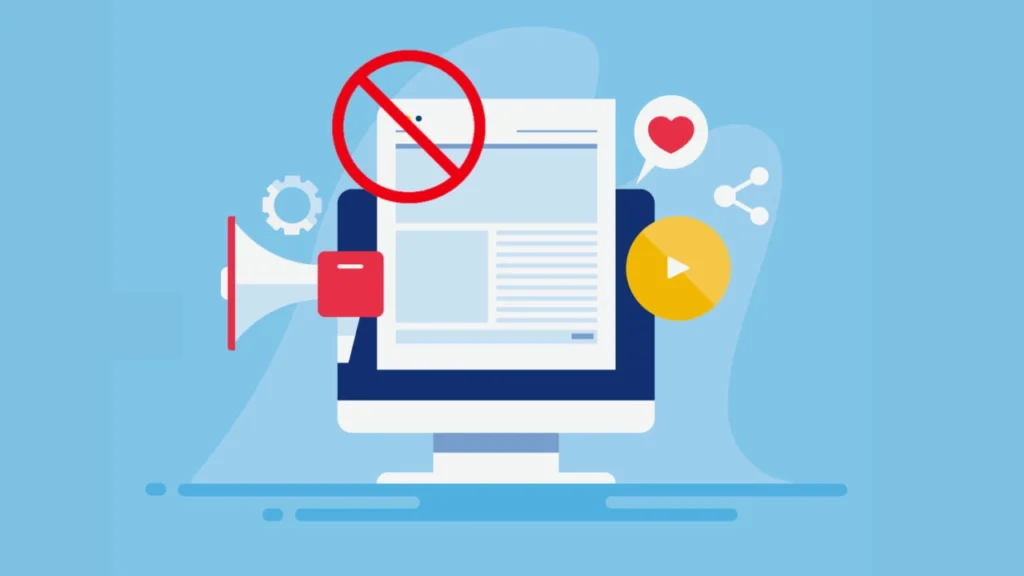
Ignoring Audience Needs
Importance: Creating content without considering your audience’s needs and interests can result in low engagement and poor performance.
How to Avoid:
- Conduct Audience Research: Regularly gather insights about your audience’s preferences, pain points, and interests.
- Create Buyer Personas: Develop detailed profiles of your target audience to tailor your content effectively.
- Engage with Your Audience: Use surveys, social media interactions, and feedback to understand what your audience wants.
Lack of Consistency
Impact: Inconsistent content production and posting can lead to disengagement and a lack of trust in your brand.
How to Avoid:
- Create a Content Calendar: Plan and schedule your content in advance to ensure a steady flow of content.
- Set a Publishing Schedule: Determine how often you’ll publish content and stick to it.
- Maintain Quality: While consistency is key, don’t sacrifice quality for quantity. Ensure each piece of content is valuable and well-crafted.
Not Measuring Results
Importance: Without tracking and measuring your content marketing performance, you won’t know what’s working and what needs improvement.
How to Avoid:
- Set Clear KPIs: Define key performance indicators that align with your content marketing goals.
- Use Analytics Tools: Leverage tools like Google Analytics, social media insights, and marketing platforms to track performance.
- Regularly Review Metrics: Analyze your data to identify trends, successes, and areas for improvement.
Tools and Resources for Content Marketing
To execute your content marketing strategy effectively, you need the right tools and resources. Here’s a roundup of recommended tools for each stage of the process:
Content Research Tools
Overview: These tools help you generate content ideas and understand what topics are trending and relevant to your audience.
- BuzzSumo: Discover popular content and find key influencers in your industry.
- AnswerThePublic: Generate content ideas based on what people are searching for.
- Google Trends: Identify trending topics and search queries.
Content Creation Tools
Overview: Tools for creating, editing, and managing your content efficiently.
- Grammarly: Enhance your writing by checking grammar, spelling, and style.
- Canva: Design eye-catching graphics and visuals without needing professional design skills.
- Trello: Manage your content creation workflow and collaborate with your team.
Content Distribution Tools
Overview: These tools help you distribute and promote your content to reach a wider audience.
- Hootsuite: Schedule and manage social media posts across multiple platforms.
- Mailchimp: Create and send email marketing campaigns to engage your audience.
- Buffer: Plan, schedule, and publish content on social media.
Conclusion
Recap of Key Points
In this guide, we’ve covered the essentials of content marketing to help you create a successful strategy. Here’s a brief recap of the main points:
- Introduction to Content Marketing: Understanding the importance and benefits of content marketing for building trust, boosting SEO, and driving engagement.
- Definition of Content Marketing: Clarifying what content marketing is and its key components.
- Importance of Content Marketing: Highlighting the benefits it brings to businesses, such as increasing visibility, generating leads, and fostering customer loyalty.
- Types of Content Marketing: Exploring different content types, including blogs, videos, podcasts, social media, infographics, ebooks, and paid advertising.
- Creating a Content Marketing Strategy: Steps to develop an effective strategy, from setting goals and knowing your audience to producing quality content and measuring results.
- Common Content Marketing Mistakes: Identifying pitfalls like ignoring audience needs, lack of consistency, and not measuring results, along with tips to avoid them.
- Tools and Resources: Recommended tools for content research, creation, and distribution to streamline your efforts.
Next Steps for Effective Content Marketing
Now that you have a comprehensive understanding of content marketing, here are some actionable steps to implement best practices and improve your efforts:
- Set Clear Goals: Define your content marketing objectives and establish KPIs to measure success.
- Understand Your Audience: Continuously research and update your audience profiles to ensure your content remains relevant and engaging.
- Create a Content Calendar: Plan and schedule your content to maintain consistency and keep your audience engaged.
- Invest in Quality: Focus on producing high-quality, valuable content that addresses your audience’s needs and interests.
- Leverage Tools: Utilize the recommended tools for content research, creation, and distribution to optimize your workflow.
- Measure and Adjust: Regularly review your performance metrics, analyze the data, and make necessary adjustments to your strategy.
- Stay Updated: Keep up with industry trends and continuously refine your approach to stay ahead of the competition.
By following these steps and implementing the best practices discussed in this guide, you can create a robust content marketing strategy that drives engagement, builds trust, and achieves your business goals. Happy content marketing!


